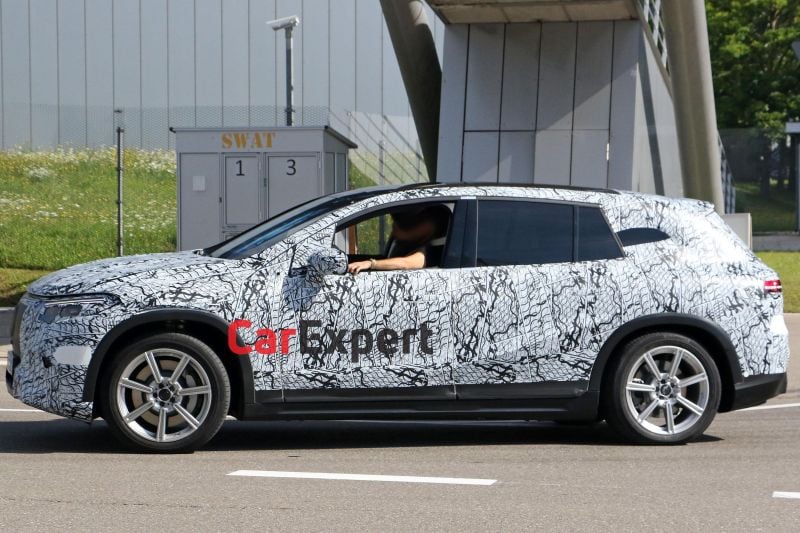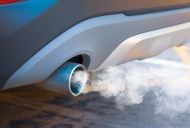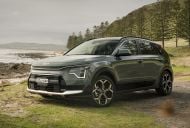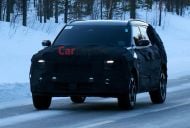Big, spacious and all electric, the Mercedes-Benz EQS SUV looks almost ready to become the brand’s flagship crossover.
The EQS SUV rides on the same Electric Vehicle Architecture (EVA) as the EQS sedan. This dedicated EV platform will also be the basis of the smaller EQE sedan and EQE SUV.
Like the sedan, the SUV will have soft, slightly blobby lines, but the overall silhouette will be more conventional and upright than the slightly controversial four-door.
Flush-fitting door handles, underbody protection, a blocked-off upper “grille”, and a relatively low-to-the-ground stance should ensure the EQS SUV is quite aerodynamic for a large crossover.
With less camouflage than earlier prototypes, we can see some of the crossover’s styling features, including stylised lower air intakes, wheel arch protectors, and a side character line that sweeps up dramatically towards the end of the rear door.
Up front there are large headlight units with black bezels that will flow directly into the grille area, while at the rear there’s a narrow strip of tail-lights that stretch the entire width of the car.
Unsurprisingly, the tail-lights look identical to the ones seen in the Mercedes-Maybach EQS SUV teaser, which also gives us a good look at the D-pillar design.
Spy photos from October last year show an EQS SUV prototype with an interior more akin to the S-Class sedan than the production EQS sedan.
It’s likely the EQS SUV will debut with the same drivetrain options as the EQS sedan.
At launch the sedan will be available as the EQS 450+ with a 245kW/568Nm electric motor driving the rear wheels, and the EQS 580 4Matic featuring a dual-motor all-wheel drive setup making a total of 385kW of power and 855Nm.
A performance variant — likely wearing AMG branding — has been confirmed, and will have around 580kW to play with.
Both launch drivetrains are fitted with a 108kWh battery pack that’s said to be good for up to 770km of driving under the WLTP standard.
EVA has a 400V electrical architecture, and is capable of accepting up to 200kW of power from ultra-rapid DC charging stations for prolonged periods of time.










